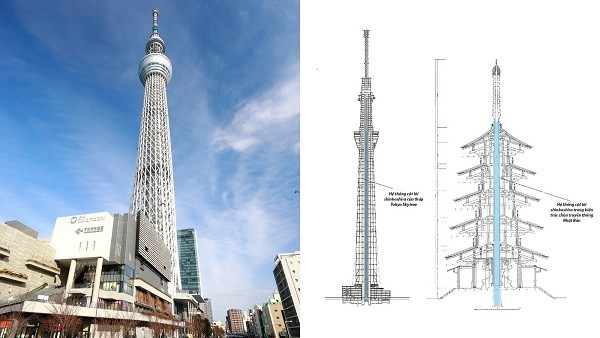 |
Standing 634m tall, the Tokyo Skytree (left) adopts a structure that reduces earthquake-induced shaking through a core column vibration control system, sharing features with the shinbashira vertical core columns of traditional Japanese pagoda architecture. (Source: japan.go.jp) |
Japan lies on the Pacific Ring of Fire, where strong seismic activity stretches across Southeast Asia and the Pacific basin, making it one of the most seismically active countries in the world.
Applying technology for warning and construction techniques to reduce shock are the secrets that help the Japanese minimize damage caused by earthquakes.
Over the past decade, Japan has suffered about 20% of the world's earthquakes of magnitude 6 or greater. The worst disaster was the 2011 Tohoku earthquake, which triggered a tsunami that devastated the Fukushima nuclear power plant and killed about 15,000 people.
The Japanese government has invested heavily in disaster mitigation, including improving seismic technology and using advances in artificial intelligence (AI) to limit earthquake damage. Engineers and architects are constantly researching new designs to reduce structural vibrations, helping buildings withstand strong earthquakes.
Japan does not measure earthquakes by magnitude (Richter scale), but by how much the ground shakes. The Japan Seismic Intensity Scale (JMA) measures earthquakes in Shindo units (shakes), ranging from 1 to 7. In the Ishikawa earthquake, the shaking reached a maximum of 7.
The JMA consists of 180 seismometers and 627 seismic intensity meters, reporting earthquakes in real time to the media and the Internet.
To withstand the force of an earthquake, buildings must be able to absorb as much seismic energy as possible. This ability comes from "seismic isolation" techniques, namely the foundations of buildings in Japan have a hydraulic damping system. Japanese engineers designed a complex damping system that works like a bicycle pump into buildings to improve their earthquake resistance.
"A high-rise building can move up to 1.5 meters due to vibration, but if there is a damping system from the second floor to the top floor, its movement can be reduced to a minimum, preventing damage to the upper floors," said Ziggy Lubkowski, a seismologist at the University of London (UK).
For new construction, some companies are experimenting with more innovative methods and materials, such as lattice structures that prevent buildings from buckling and help disperse energy absorbed during earthquakes. In Tokyo, Maeda Construction is using a steel-and-wood frame to build a 13-story office building.
“Wood is rarely used as an earthquake-resistant material inside steel-frame buildings. However, steel can withstand tensile forces, while wood can withstand compressive forces, so the two materials complement each other,” explains Maeda Group chief engineer Yoshitaka Watanabe.
A testament to the success of these techniques is that when a magnitude 9.0 earthquake struck in 2011, the shaking in Tokyo reached a magnitude of 5. Huge skyscrapers shook, windows shattered, but no major buildings collapsed.
Source


![[Photo] National Assembly Chairman Tran Thanh Man attends the ceremony to celebrate the 1015th anniversary of King Ly Thai To's coronation](https://vstatic.vietnam.vn/vietnam/resource/IMAGE/2025/4/13/6d642c7b8ab34ccc8c769a9ebc02346b)

![[Photo] Prime Minister Pham Minh Chinh chairs the Government's special meeting on law-making in April](https://vstatic.vietnam.vn/vietnam/resource/IMAGE/2025/4/13/8b2071d47adc4c22ac3a9534d12ddc17)


![[Photo] National Assembly Chairman Tran Thanh Man attends the Policy Forum on Science, Technology, Innovation and Digital Transformation](https://vstatic.vietnam.vn/vietnam/resource/IMAGE/2025/4/13/c0aec4d2b3ee45adb4c2a769796be1fd)










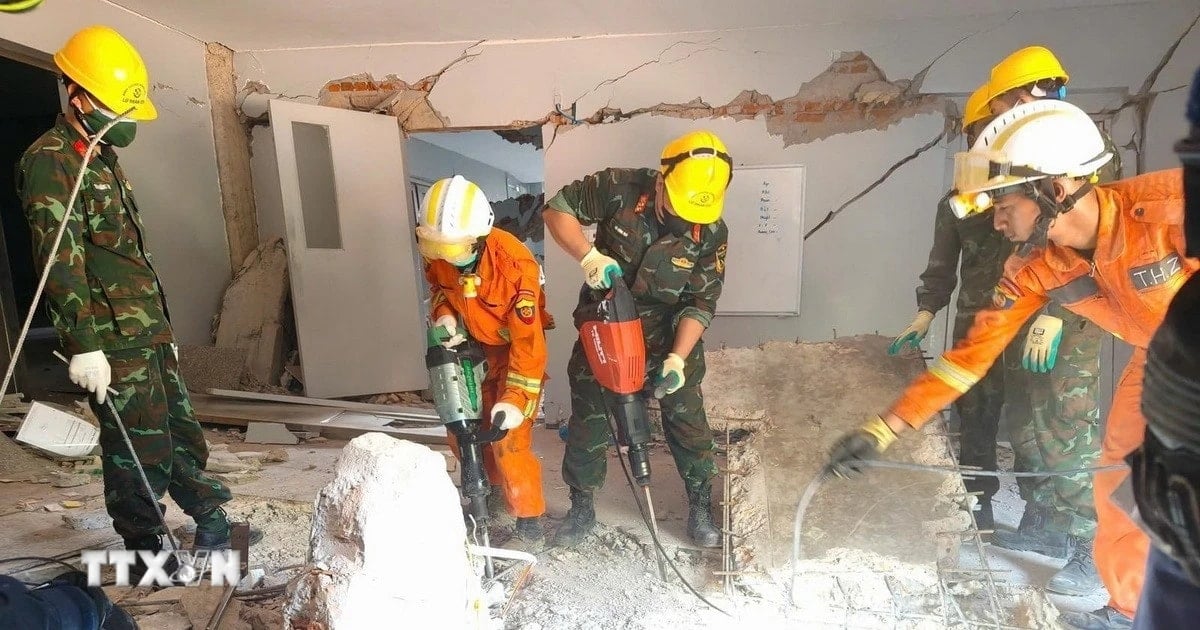






























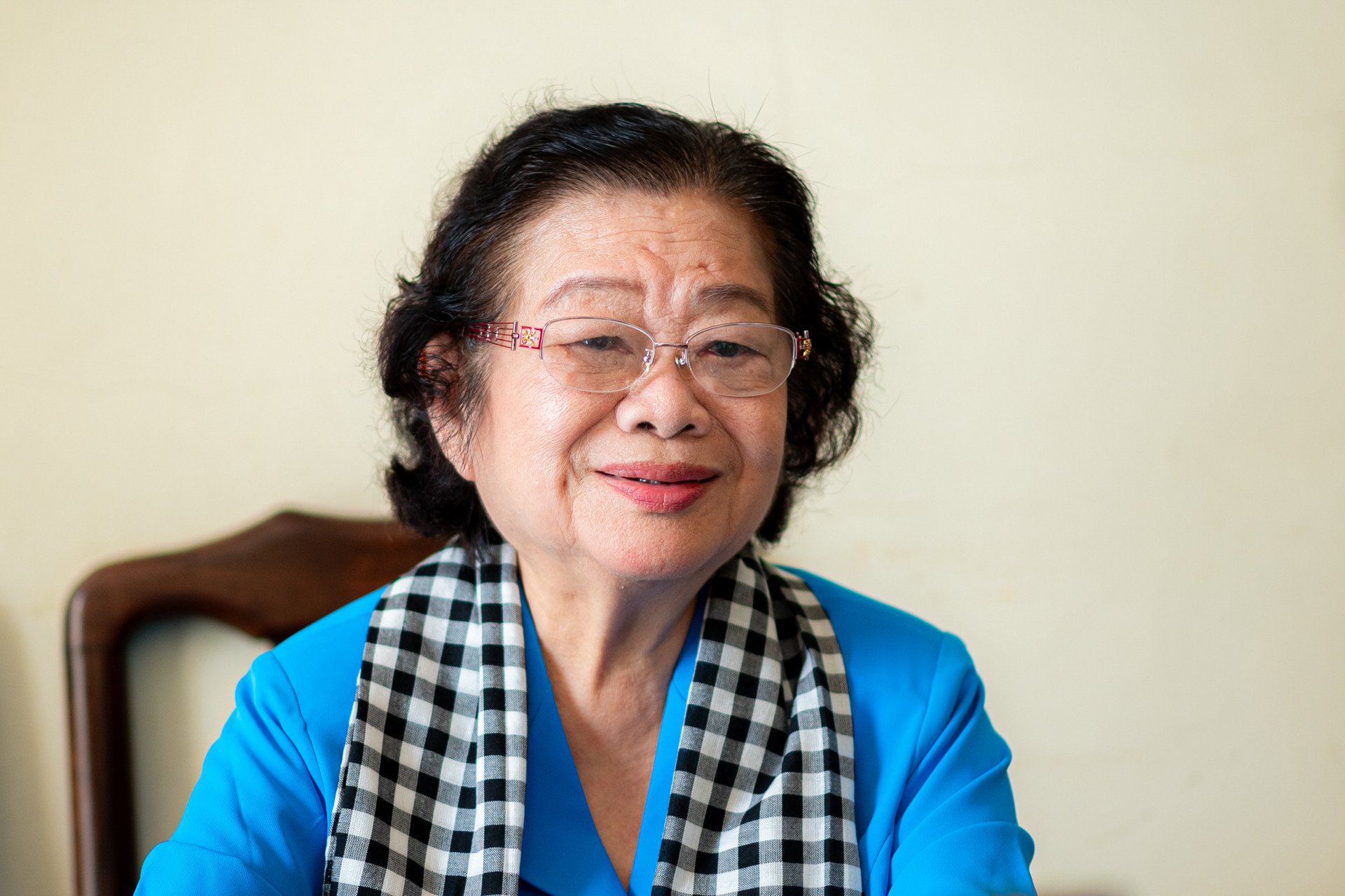
















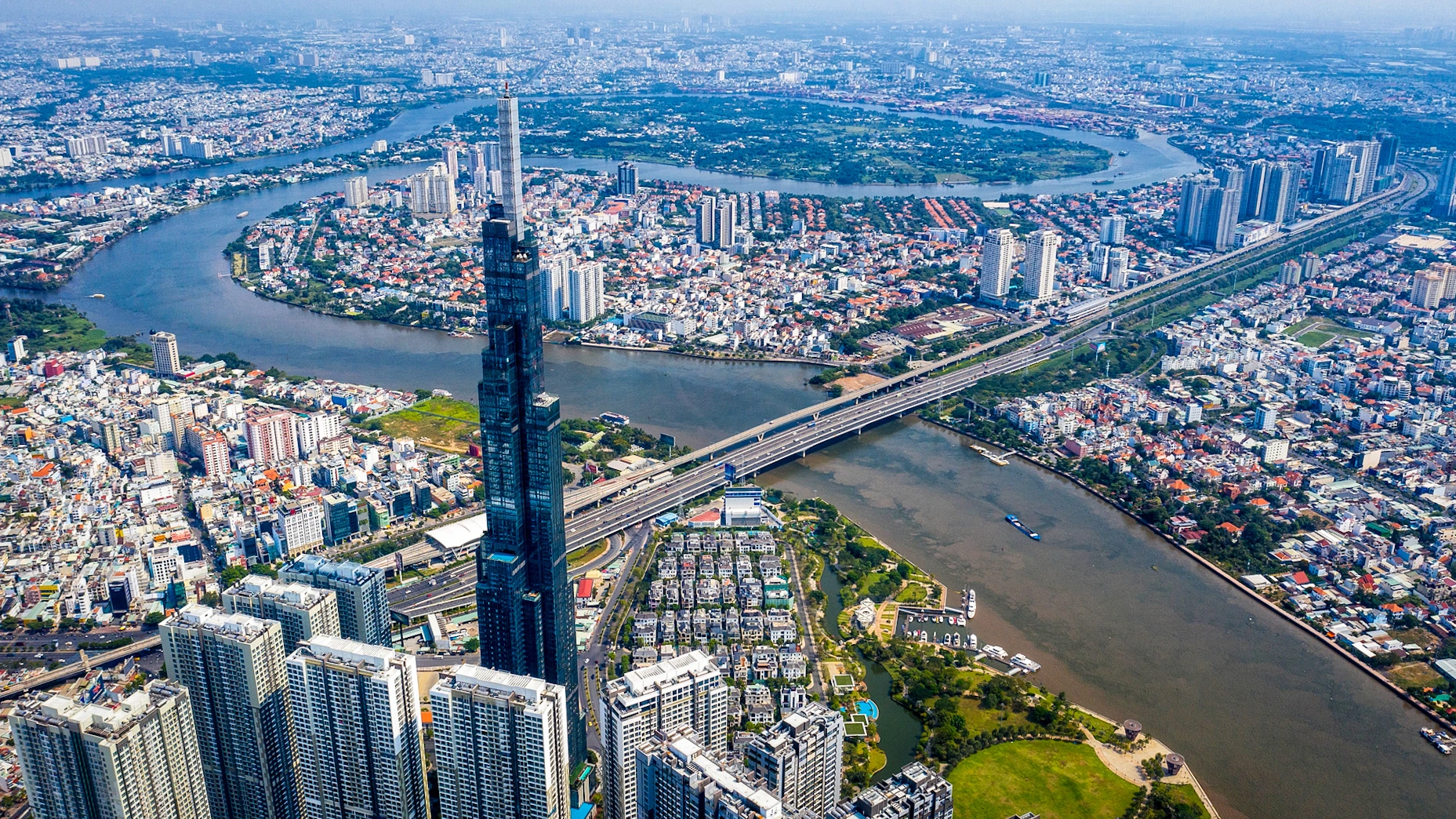







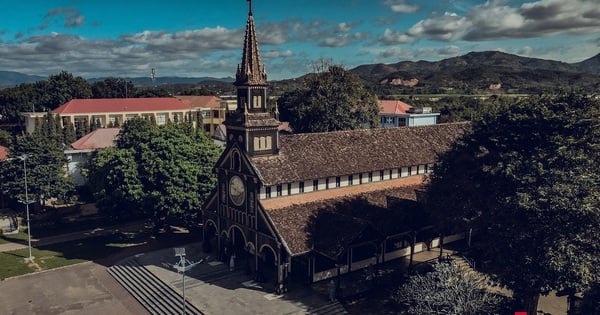








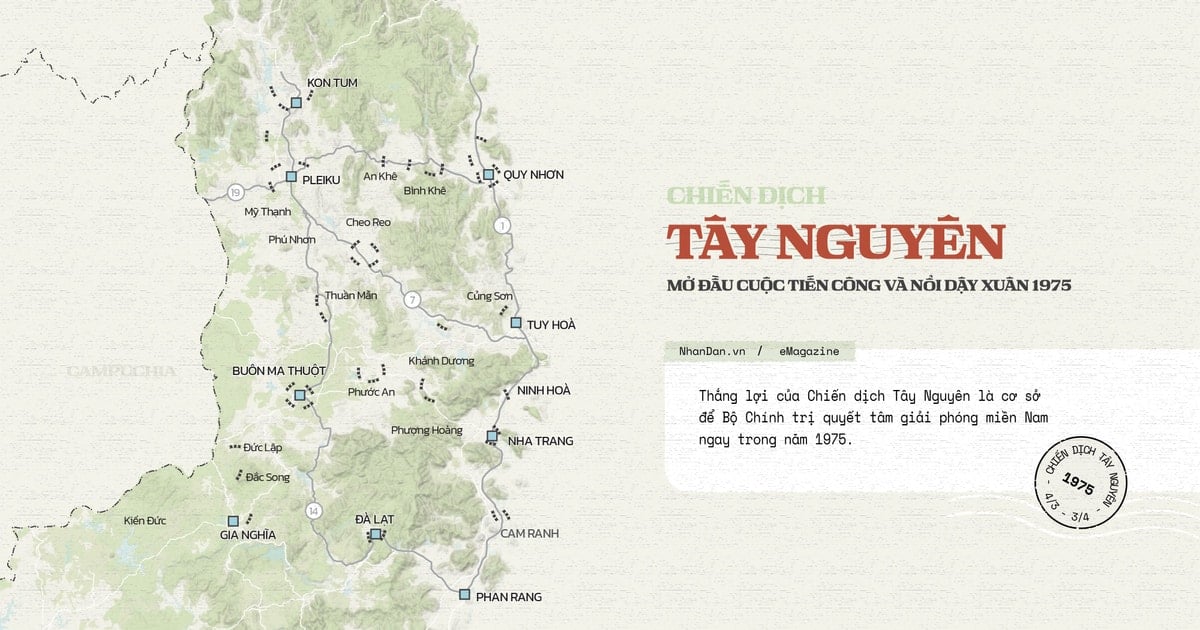
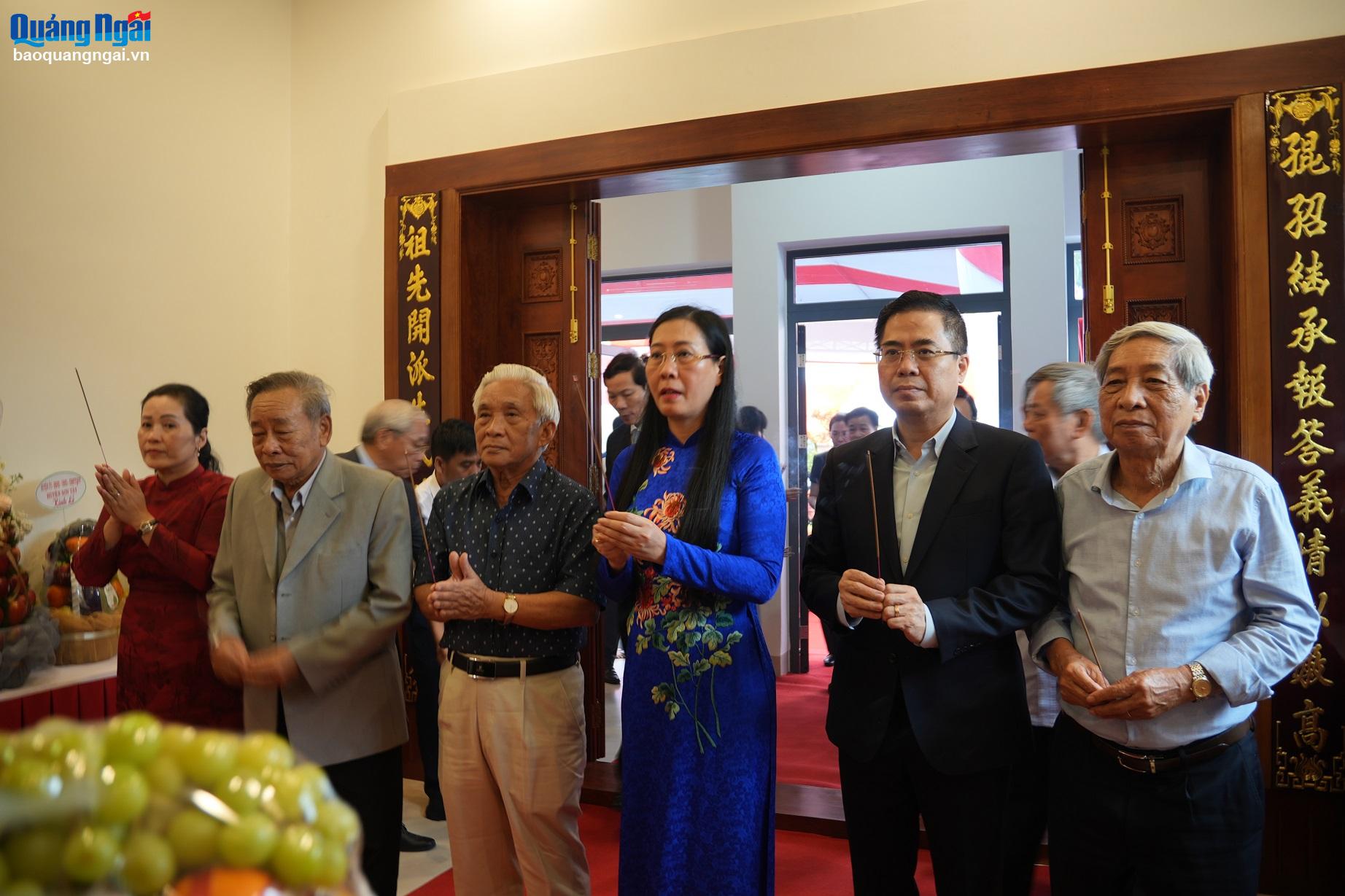
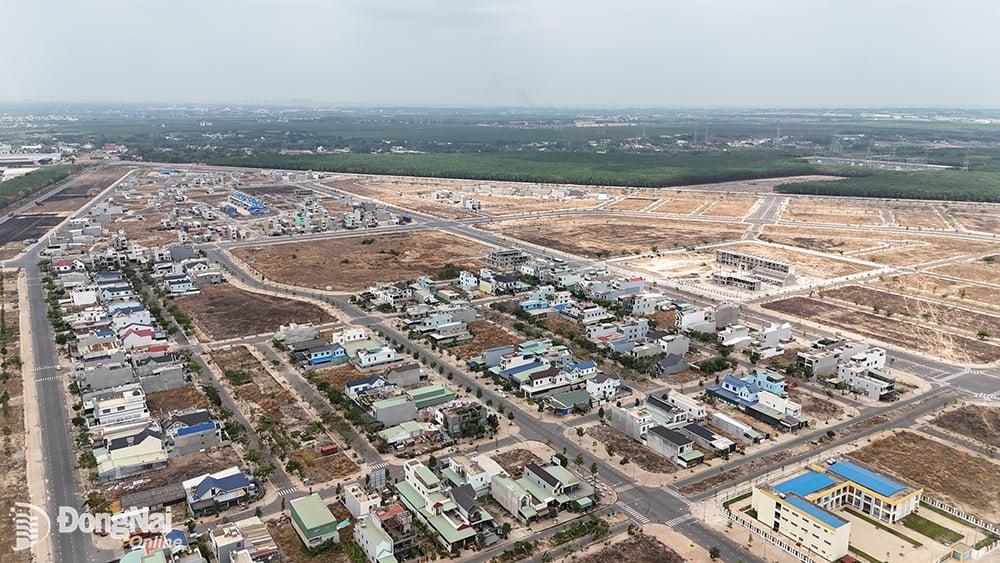












Comment (0)